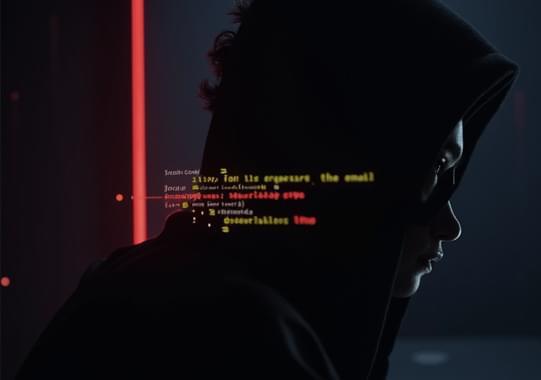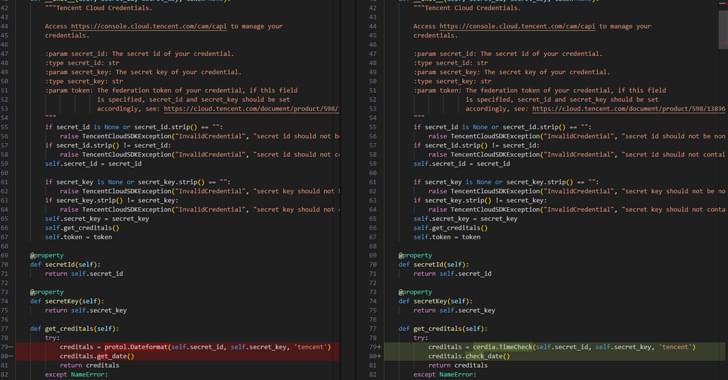A Swarm of Dwarf Galaxies Buzz Around Our Milky WayThe Milky Way is the galaxy that contains our Solar System and is part of the Local Group of galaxies. It is a barred spiral galaxy that contains an estimated 100–400 billion stars and has a diameter between 150,000 and 200,000 light-years. The name “Milky Way” comes from the appearance of the galaxy from Earth as a faint band of light that stretches across the night sky, resembling spilled milk. tabindex=0 Milky Way’s Twin.
Get the latest international news and world events from around the world.

Quantum Breakthrough: Scientists Create Schrödinger-Cat State With Record-Long Lifetime
A research team led by Prof. Zhengtian Lu and Researcher Tian Xia from the University of Science and Technology of China (USTC) has successfully created a quantum state with a lifetime on the scale of minutes using optically trapped cold atoms. This breakthrough significantly improves the sensitivity of quantum metrology measurements. Their findings were published in Nature Photonics
<em> Nature Photonics </em> is a prestigious, peer-reviewed scientific journal that is published by the Nature Publishing Group. Launched in January 2007, the journal focuses on the field of photonics, which includes research into the science and technology of light generation, manipulation, and detection. Its content ranges from fundamental research to applied science, covering topics such as lasers, optical devices, photonics materials, and photonics for energy. In addition to research papers, <em> Nature Photonics </em> also publishes reviews, news, and commentary on significant developments in the photonics field. It is a highly respected publication and is widely read by researchers, academics, and professionals in the photonics and related fields.







Ransomware gang creates tool to automate VPN brute-force attacks
The Black Basta ransomware operation created an automated brute-forcing framework dubbed ‘BRUTED’ to breach edge networking devices like firewalls and VPNs.
The framework has enabled BlackBasta to streamline initial network access and scale ransomware attacks on vulnerable internet-exposed endpoints.
The discovery of BRUTED comes from EclecticIQ researcher Arda Büyükkaya following an in-depth examination of the ransomware gang’s leaked internal chat logs.

Malicious Adobe, DocuSign OAuth apps target Microsoft 365 accounts
Cybercriminals are promoting malicious Microsoft OAuth apps that masquerade as Adobe and DocuSign apps to deliver malware and steal Microsoft 365 accounts credentials.
The campaigns were discovered by Proofpoint researchers, who characterized them as “highly targeted” in a thread on X.
The malicious OAuth apps in this campaign are impersonating Adobe Drive, Adobe Drive X, Adobe Acrobat, and DocuSign.